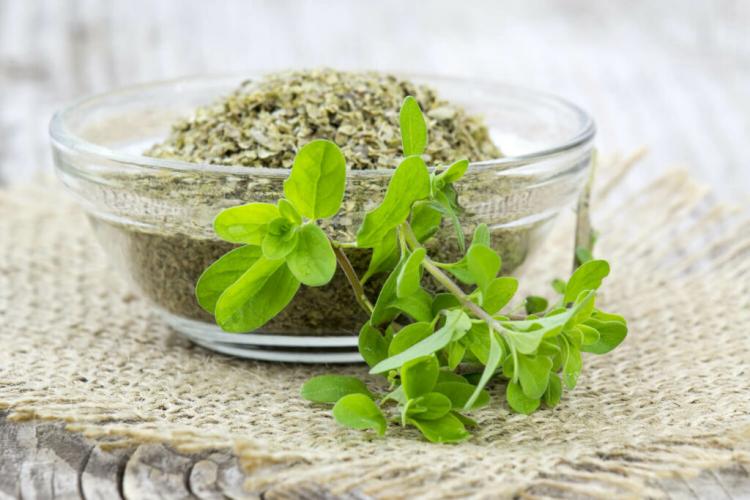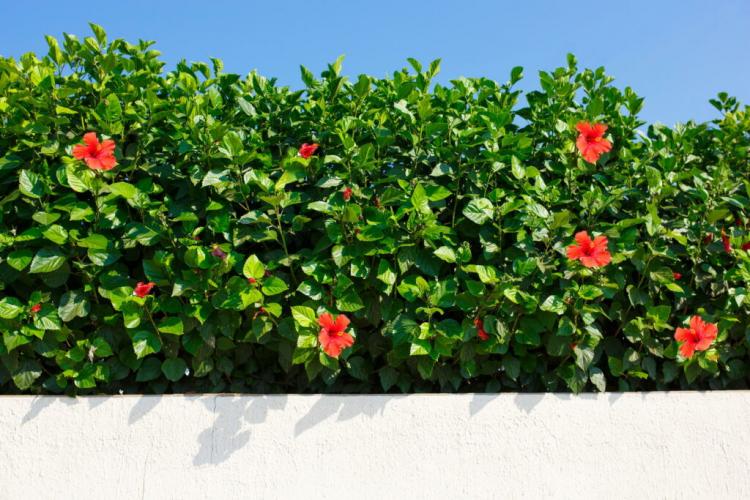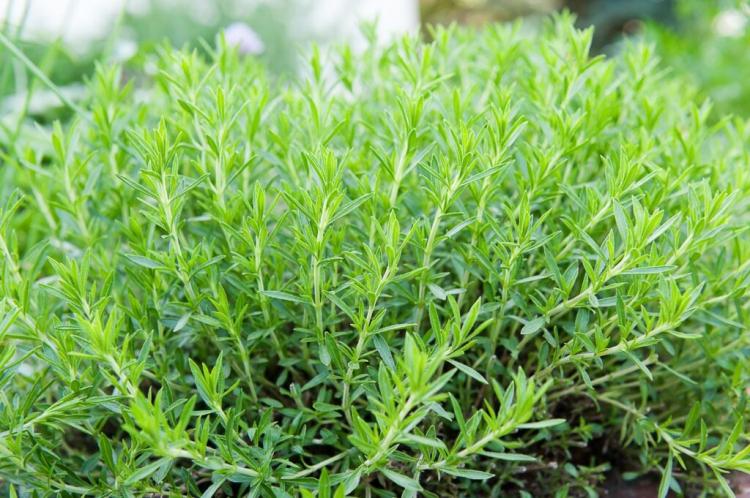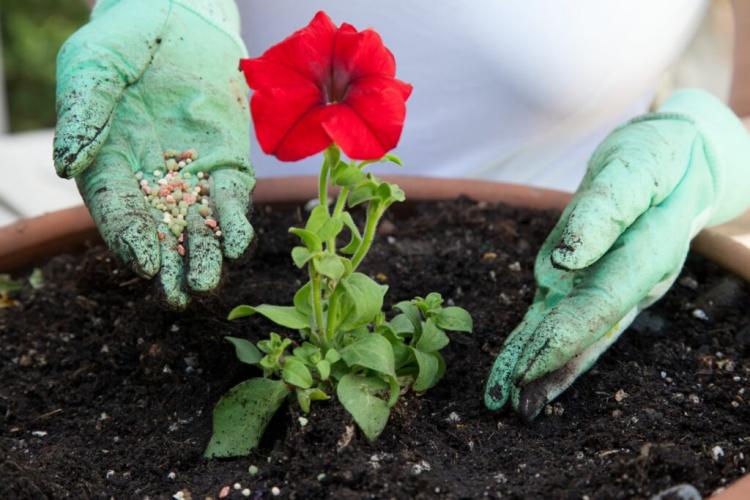Sweet Potato: Overview And Information About The Sweet Potato
Sweet potatoes are among the healthiest vegetables, they are delicious and versatile in the kitchen. We give tips on cultivation, harvesting and storage.
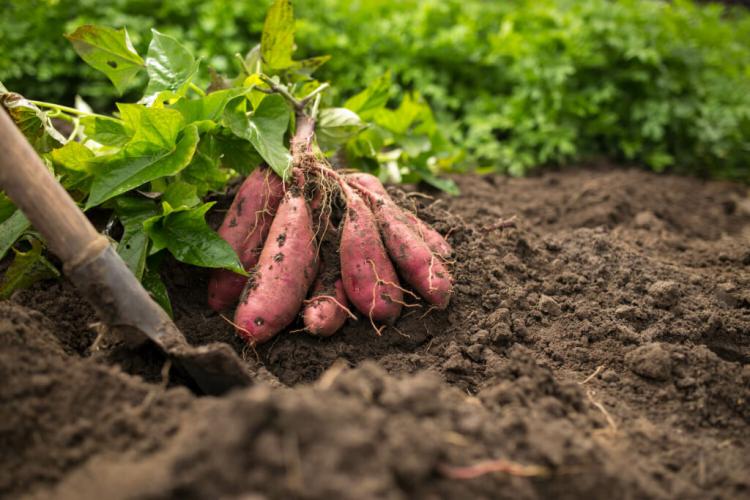
Sweet potatoes contain twice as much vitamin C as conventional potatoes [Photo: Sergiy Akhundov / Shutterstock.com]
Can you imagine a food truck festival or other culinary events without sweet potatoes? The sweet potato has now become an integral part of every supermarket and many menus. The sweet potato ( Ipomea batata ) originally comes from the tropical and subtropical areas of South America and was given the name Batat by the indigenous peoples there. To this day, the exact origin is not known. In the 16th century, before the potato reached England, sweet potatoes were already being traded in Europe. At this time the sweet potato was also given the name “potato”, which was later used for the potato we know. The relationship between the potato and the sweet potato is also not particularly great. A very close relative of the sweet potato, for example, is the morning glory (syn .: funnel wind), which is very well known in this country. Basically, a sweet potato is just a morning glory with the ability to form a tuber. And this tuber has it all. For example, healthy vegetables contain twice as much vitamin C as a potato and at the same time the tuber is a very substantial source of energy.
Growing sweet potatoes: this is how it works in your own garden
Table of Contents
Although the sweet potato is a very heat-loving plant, cultivation can also work very well in our latitudes. Since the demand for sweet potatoes continues to grow, attempts are even being made to grow sweet potatoes on a large scale in Germany. So that you can really harvest your own sweet potatoes at the end of the gardening season, we have summarized all the important information about care, location and propagation for you:

You can also harvest sweet potatoes in the home garden [Photo: Happy Together / Shutterstock.com]
Multiplication
The sweet potato is usually not propagated from seeds. It is much easier to root the tuber or use cuttings with or without roots. You shouldn't take the bulbs from the supermarket if you are looking for a yield. The varieties used are badly adapted to our rather cold weather. It is better to buy rooted young plants of proven varieties. As soon as you have the small plants, they should be given a larger pot. Then the young plants are kept on the warmest and sunniest window sill until the temperatures in the garden no longer drop below 10 ° C. Because not only frost is absolutely deadly for the sweet potato, the bindweed plant is also damaged at single-digit temperatures.
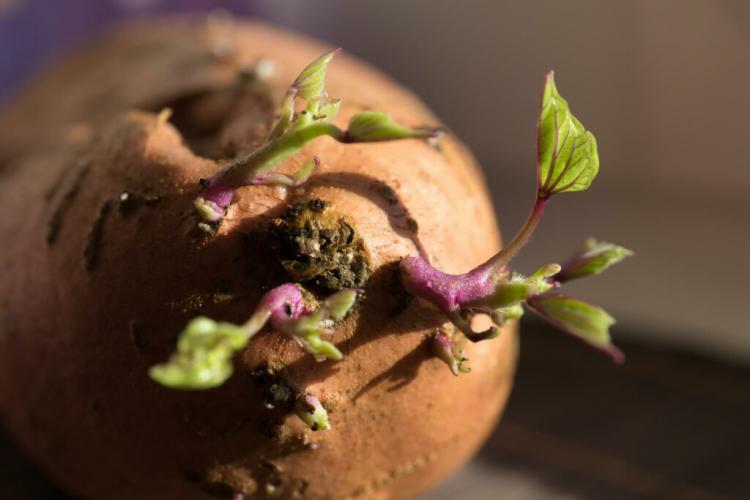
Sweet potatoes can be rooted and propagated [Photo: Vvicca1 / Shutterstock.com]
Tip : You can continue to cut cuttings from the plants on the windowsill and thus save a lot of money. The cut cuttings are best placed in moist potting soil and cultivated in a mini greenhouse at at least 20 ° C. After 2 or 3 weeks, the first roots should form at the latest.
Location
As soon as the ice saints are over and the thermometer does not drop below 10 ° C even at night, plant the preferred sweet potato plants outdoors. Full sun locations are preferred. Since the perennial loves temperatures around 28 ° C, a heat-storing south wall or the greenhouse is the best location. In the greenhouse, for example, a mixed culture with tomatoes or snake cucumbers would be conceivable. The sweet potato grows crawling and can therefore act as a ground cover and also keeps annoying weeds away. But also the culture in the vegetable patch or in the pot brings good yields.
If you choose a pot culture, then the pot should hold at least 20 liters and be filled with a nutrient-rich and well-drained substrate. Our nutrient-rich and peat-free organic tomato and vegetable soil is well suited. The soil should also be as permeable as possible in the bed or raised bed, because the sweet potato does not tolerate waterlogging. A loamy-sandy soil is therefore optimal.
By the way, there is a trick that makes the potato feel even more comfortable: To do this, 60 cm wide and 20 cm high earth embankments must be created in the vegetable patch. If several dams are created, they should be at least one meter apart. The small plants can then be planted on the dams at a distance of at least 30 cm. The cultivation on the dams offers two decisive advantages. First, the earth dams warm up faster than a normal vegetable patch. The tubers are always a bit warmer and can grow faster. In addition, the construction of the dam allows rainwater to drain away more quickly and the risk of waterlogging is reduced. When growing in a pot, you can achieve a higher level of soil warmth with a dark plastic pot.
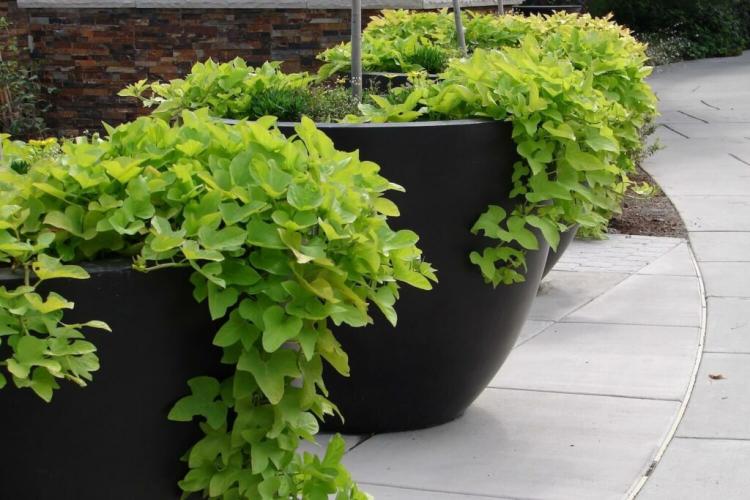
The sweet potato can also be cultivated in the bucket [Photo: Kathryn Roach / Shutterstock.com]
Professional tip : In order for a beautiful and even tuber to form, the root ball must be carefully loosened before transplanting.
Watering and fertilizing
The water requirements of the sweet potato are relatively high. The earth should always be moist and never dry out into the deeper layers of the earth. Therefore, water must always be poured as soon as the top layer of soil has dried out; Preferably water beforehand for young plants. The plants form a lot of leaf mass in the summer months and thus also lose large amounts of water. For this reason, we recommend watering extensively, especially in warm dry periods. The sweet potato can withstand shorter periods of drought, but the quality and yield of the tubers suffer as a result. At the end of the season (September – October) the watering should be reduced. The soil must then be kept drier overall, as the risk of rot increases.
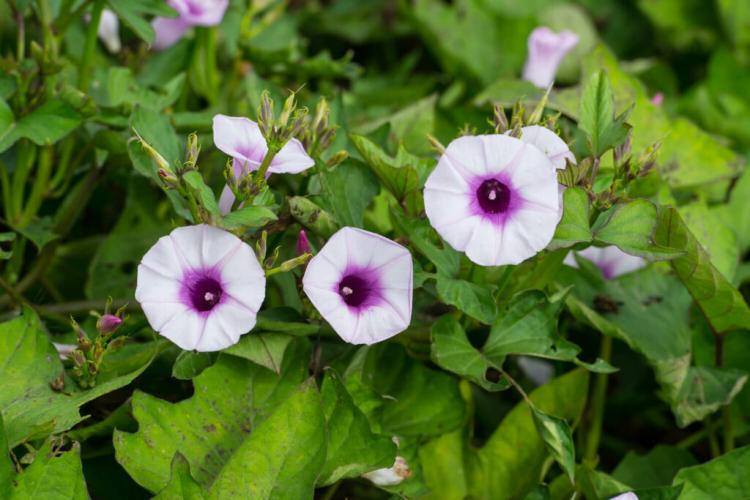
The blossom of the sweet potato is a real splendor [Photo: DONGSEUN YANG / Shutterstock.com]
The nutritional requirements of the sweet potato are medium. For this reason, we recommend fertilizing with 3 liters of ripe compost and 100 g of horn meal per m2 for bed cultivation. A good alternative is a high-quality vegetable fertilizer such as our Plantura organic tomato fertilizer with a long-term effect. However, if the sweet potatoes are grown in pots, they must be fertilized regularly. To do this, wait for the sweet potato to start growing vigorously. Then it is re-fertilized every week with liquid fertilizer. We recommend our Plantura organic tomato & vegetable fertilizer, an organic liquid fertilizer that contains all the important nutrients and strengthens the roots.
Care tips
If the sweet potato has a good location, is watered regularly and is well supplied with nutrients, then it will grow by itself. Special care is not necessary. Also, do not despair if the plants grow very slowly at first. That is perfectly normal. At some point there comes a point where the plants form one leaf after the other. The initially empty bed will be a green carpet in a few weeks and at this point it will quickly become clear why the small plants have to be planted so far apart .
You can find even more interesting facts in our article on growing sweet potatoes.
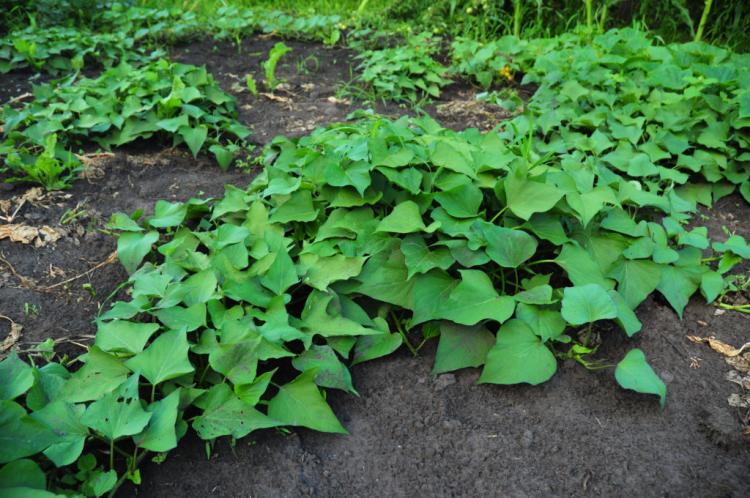
Make sure there is enough space for all potato plants [Photo: Radovan1 / Shutterstock.com]
Sweet potato: New, tried and tested and robust varieties
There is an almost unmanageable number of varieties of sweet potatoes. Mostly the varieties differ in the tuber color and shape. There are, for example, varieties with red, yellow or white skin, whereby the pulp can be orange, white or purple. Some varieties are also suitable as ornamental plants due to their special leaf colors. In addition, other properties are important, especially for our climate: Above all, this includes the shortest possible cultivation time and tolerance to cool weather.
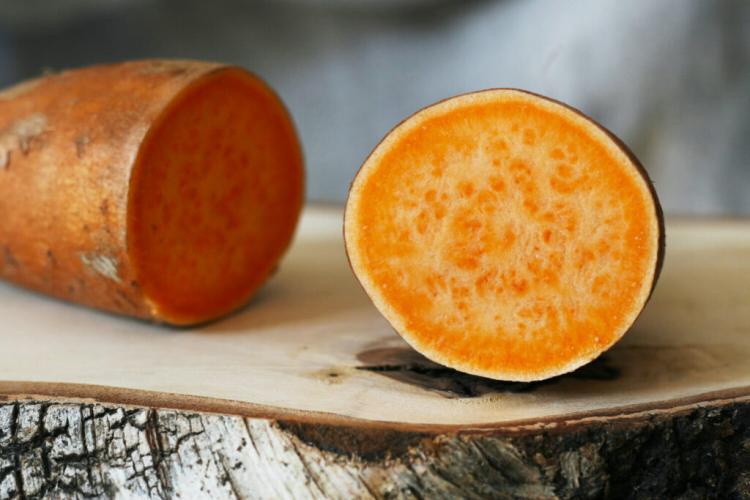
There are different types of sweet potato [Photo: annsei38 / Shutterstock.com]
Because sweet potatoes do not bloom under normal conditions in this country and many varieties cannot develop germinable seeds, seeds are hardly available in stores. Therefore, mostly only plants can be purchased. The variety selection could also be greater in Germany. Due to the intense interest in the sweet potato, we are sure that the range of varieties will grow from year to year (even if the selection is still limited today). The varieties presented here have already been tested and are suitable for cultivation in Germany.
- Beauregard: Widely used variety with a short cultivation period (90 – 95 days). The tuber has a red skin and the flesh is orange. Very productive in Germany.
- Bonita: The variety is a real all-rounder in the kitchen. The skin is pink in color and the flesh is white-yellow.
- Evangelina: Also suitable as an ornamental plant due to the wine-red shoot tips. The tuber color is red-purple and the flesh is orange. Due to the high sugar content, the variety is particularly suitable for desserts. Crop time: 100 – 110 days.
- Murasaki: A white-fleshed variety with a pink skin. The Japanese cultivation is said to have a sweetish, nutty taste and is particularly suitable for chips. The culture takes a relatively long time with 120 – 130 days.
- Oklamex Red: Unfortunately, this variety is not yet available in Germany. The tubers have a dark red skin and salmon-colored flesh. The special thing about this variety is the high sugar content.
- Sumor: The Sumor variety was bred for high vitamin C content. But the variety also has a lot to offer in terms of color, because the meat has a very nice white to yellow color. Unfortunately, this variety is not yet available in Germany either.
- Black Hearth: With the Black Hearth variety, the focus was on the leaves. It is therefore more of an ornamental plant. The leaves have an intense purple color and should not be missing in any flower box.
Sweet potatoes: harvest, storage and preservation
The sweet potato does not begin to tuber until September. The harvest time is around October, although the date can be postponed depending on the weather. Since the tuber does not tolerate frost, it must always be harvested before the first frost. You can recognize the optimal harvest time by the color of the leaves. When the leaves turn yellow, the tubers contain most of the ingredients. But even if you do not reach the optimal harvest time, the self-harvested sweet potatoes are tasty and tasty. Since the sun does not shine as intensely here as in the home areas of the Batata, you have to expect a little less sweetness. However, you can avoid the problem by choosing the right variety.

The sweet potato harvest season begins in October [Photo: benjamas11 / Shutterstock.com]
Exercise caution when harvesting the annual plant. The tubers must not be damaged, otherwise putrefaction will quickly occur during storage. By the way, the sweet potato tuber is a real tuber. In the normal potato, on the other hand, it is a tuber that is harvested. Sweet potatoes can be used immediately after harvest or the tubers can be stored. When it comes to storage, however, there are a few points to consider so that taste and firmness are preserved and at the same time no rot occurs: Only undamaged and clean tubers may be stored. Consume tubers that were injured during the harvest right away. Storage should take place at temperatures between 12 and 16 ° C. If the temperatures are too low, damage from the cold occurs and at higher temperatures the storage time is shortened, which is 3 to 4 weeks under optimal conditions. The humidity should also be as high as possible during storage.

The ready-to-harvest sweet potato tubers are carefully dug up [Photo: Arfi Binsted / Shutterstock.com]
So-called “curing” is carried out so that the sweet potatoes can be stored for longer and contain more sugar. The process converts starch into sugar and the tubers can be kept for up to 12 months. This long storage time is only achieved if the curing is carried out in special air-conditioned rooms. The sweet potatoes are stored in these rooms for 4 to 10 days at around 30 ° C and 80 – 95% humidity. Most households, however, will not have the means to carry out curing under precisely these conditions. But there is also a simpler method: The harvested sweet potatoes are wrapped in black foil for 5 days and placed in the sun during the day (and in the warmest room at night). This does not achieve perfect curing, but the sweet potatoes can be kept for a few weeks longer and also contain more sugar.
Tip : You shouldn't freeze raw sweet potatoes.
Diseases and pests of sweet potatoes
The sweet potato does not seem to be a very popular plant among our pests. In the cultivation trials that were made in this country, little or no damage occurred. Only at the end of the season is there a risk that mice will attack the high-energy tubers. If you also have problems with mice, an early harvest will usually help. In addition, weeds should be chopped regularly at the beginning. Later, when the ground is covered by the creeping leaf shoots of the sweet potato, weeds can usually no longer grow.
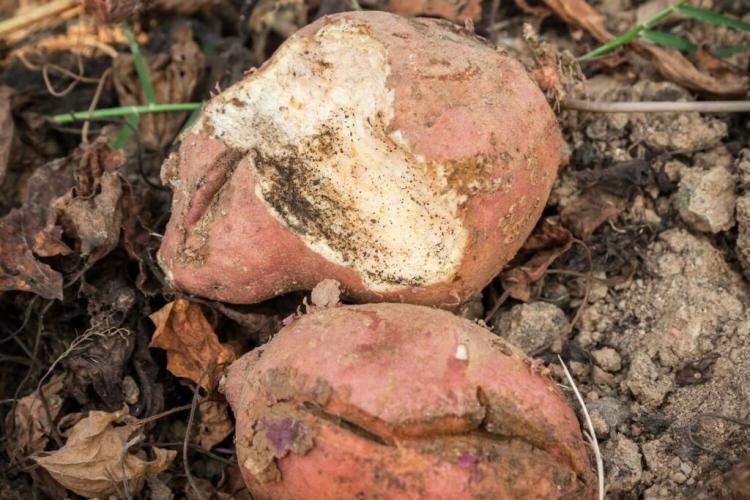
Mice also enjoy the sweet potatoes [Photo: Humannet / Shutterstock.com]
Ingredients and uses in the kitchen
After the harvest, of course, the question arises how the sweet potatoes are best prepared. In any case, the vegetables should be included in your diet more often because they are extremely healthy! First and foremost, the sweet potato is a healthy source of carbohydrates with around 20 g of starch and 5 g of sugar per 100 g. This results in a calorific value of approx. 100 kcal for 100 g of sweet potatoes. The normal potato can't quite keep up with the calories. In contrast to potatoes, yellow-fleshed sweet potatoes also contain a lot of beta-carotene. Furthermore, the content of vitamin B2, vitamin A, vitamin C and iron should be emphasized. Overall, the sweet potato is a very nutritious and healthy vegetable.
You can find out more about the ingredients in sweet potatoes here.
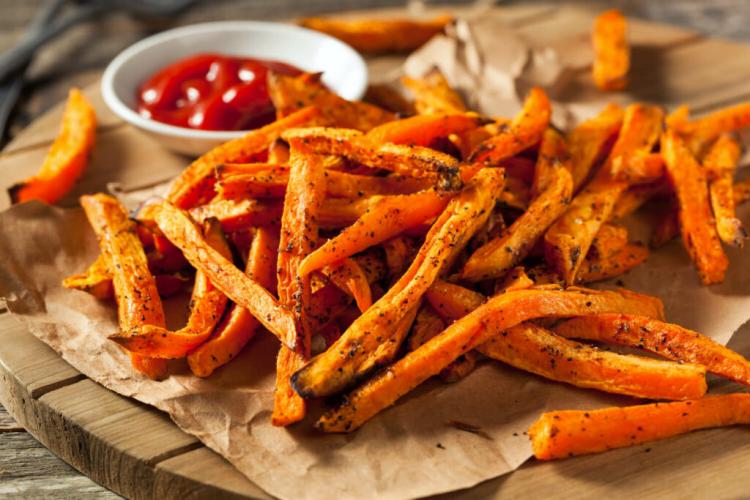
Sweet potato fries are a popular burger side dish [Photo: Brent Hofacker / Shutterstock.com]
Actually, all methods can be used for the preparation. The sweet potato can be boiled, baked and deep-fried. In Latin America and India, an alcoholic drink called “Mobby” or “Marmoda” is even made from the sweet potato. There are no limits to creativity when preparing sweet potatoes. Because of its sweet taste, the sweet potato is particularly popular with toddlers. A puree or porridge made from sweet potatoes is quick to make and at the same time very healthy. The fried version is also particularly tasty. French fries or chips made from sweet potatoes taste at least as good as made from normal potatoes. If you like it a little more exotic, you can use the sweet potato in a curry. Whichever preparation method you choose, the sweet potato goes well with just about any other vegetable and meat. With the slightly sweet note, countless dishes can be reinterpreted.
Cooking tip : The sweet potato (just like normal potatoes) should always be cooked with their skin on. As a result, the valuable ingredients do not get into the cooking water.
Check out this article on sweet potato recipes for the most popular dishes to cook at home.

